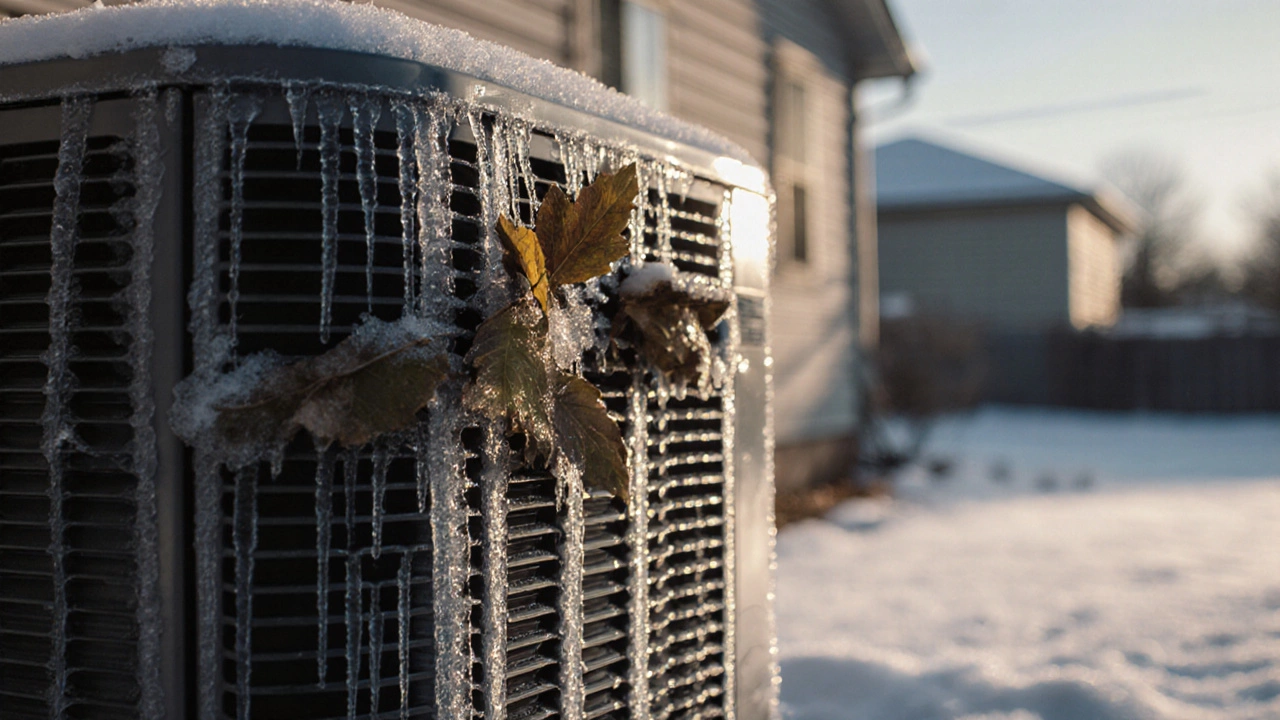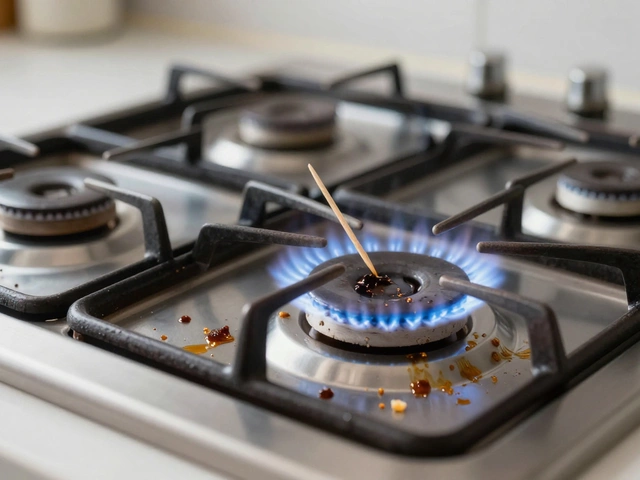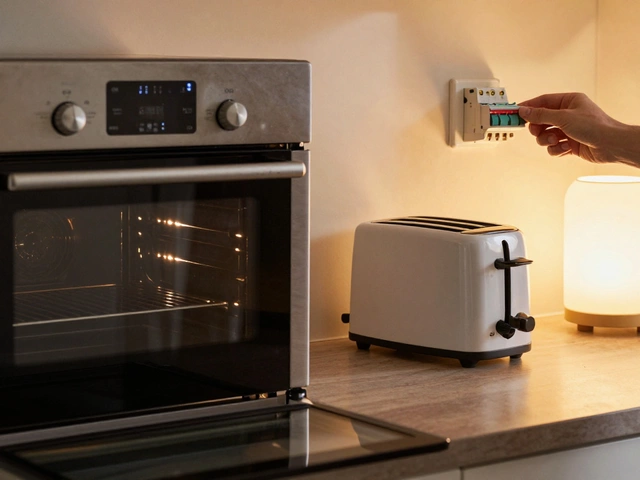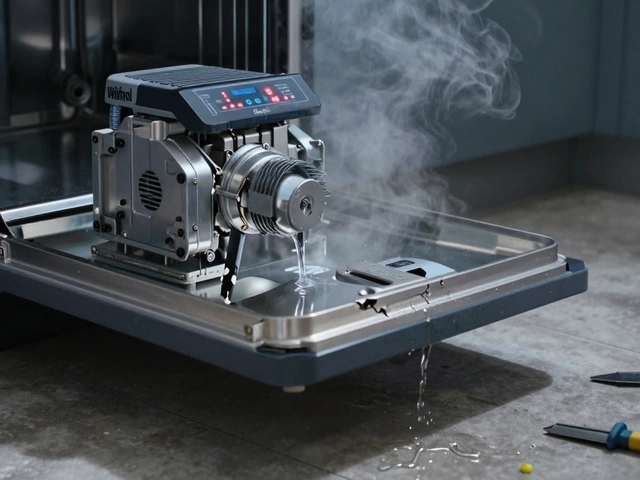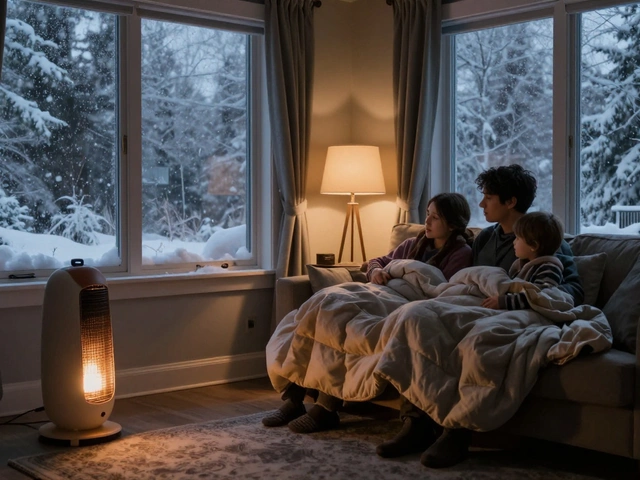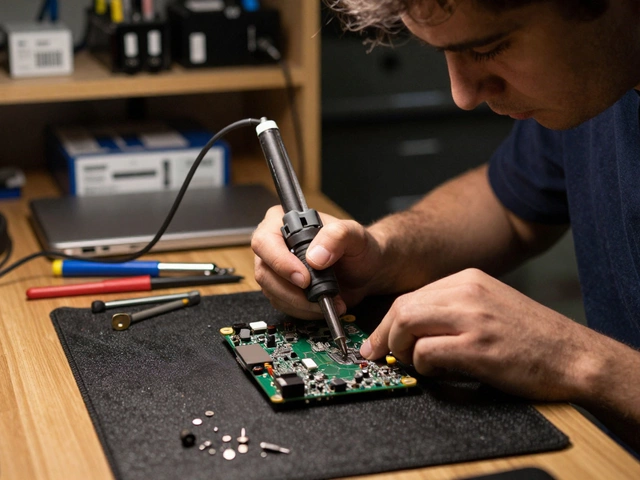Heat Pump Problem Identifier
Did you know a single frozen coil can slash a heat pump’s efficiency by up to 30%? If you’ve ever stared at an oddly warm room in winter or a chilly house in summer, you’re probably dealing with the most common heat pump problem.
Key Takeaways
- Ice buildup on the outdoor coil is the #1 issue for most heat pumps.
- Typical culprits include blocked airflow, low refrigerant, and faulty defrost controls.
- Simple checks-cleaning filters, clearing debris, and resetting the thermostat-can solve many cases.
- When in doubt, a certified technician can safely handle refrigerant or compressor repairs.
- Regular maintenance prevents costly downtime and extends the system’s lifespan.
What a Heat Pump Actually Does
Heat Pump is a type of HVAC equipment that moves heat rather than generating it. It draws refrigerant through a closed loop, extracting warmth from the outdoor air in winter and releasing it indoors, then reversing the process to cool during summer. The core components include the compressor, which pressurizes the refrigerant; the outdoor unit where heat exchange occurs; the indoor coil that distributes conditioned air; and the thermostat, which tells the system when to heat or cool. A built‑in defrost cycle periodically melts any ice that forms on the outdoor coil to keep the unit running efficiently.
The #1 Problem: Ice Buildup on the Outdoor Coil
When the outdoor unit can’t shed moisture fast enough, ice forms on the coil. This blocks airflow, forces the compressor to work harder, and ultimately reduces heating capacity. Homeowners often notice the unit sounding louder, the indoor temperature staying lower than set, or visible frost on the metal fins.
Why does it happen?
- Blocked airflow - leaves, snow, or dirt covering the coil.
- Low refrigerant pressure, which lowers the coil temperature too much.
- Faulty defrost cycle sensor or timer.
- Improperly sized unit for the climate or house layout.
Addressing this issue early prevents compressor stress and expensive repairs.
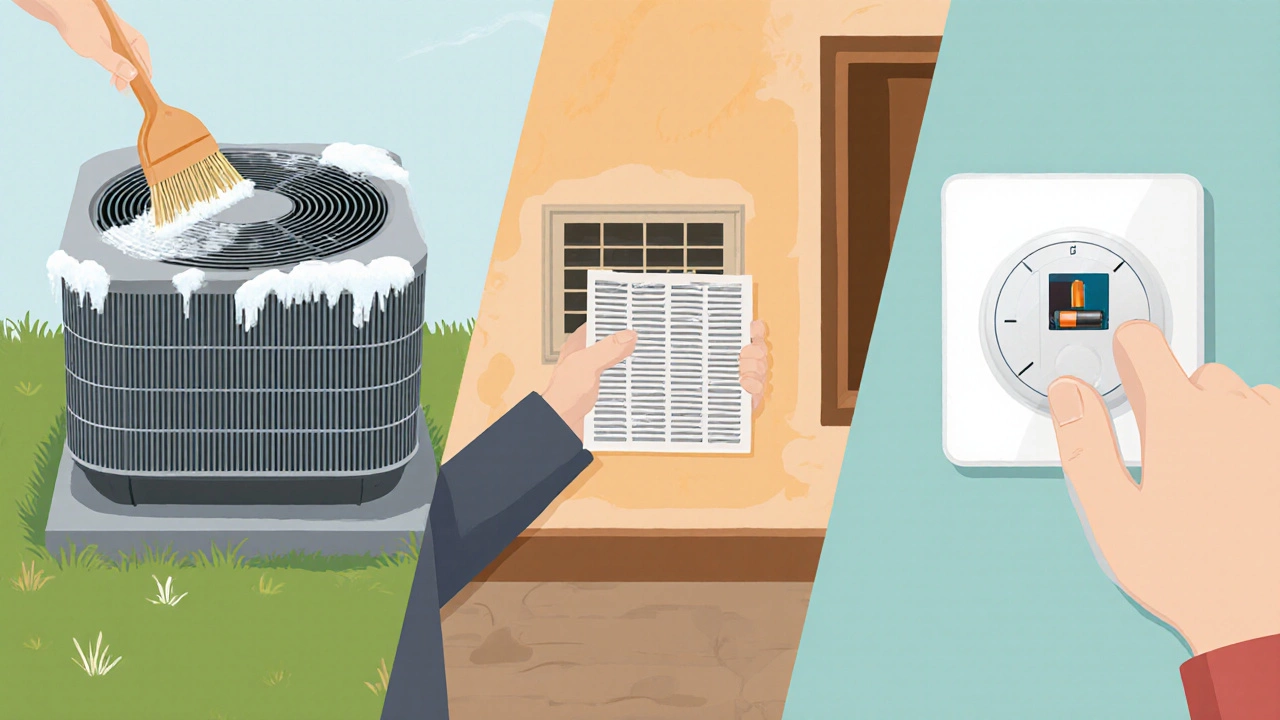
Other Frequently Encountered Issues
1. Refrigerant Leaks
A leak reduces the system’s ability to move heat, leading to longer run times and higher bills. Common leak points are the suction line, valve core, or connections.
2. Compressor Failure
The compressor is the heart of the heat pump. Overheating, electrical faults, or wear can cause it to shut down entirely.
3. Thermostat Malfunctions
If the thermostat sends incorrect signals, the heat pump may run constantly or never start. Low battery or wiring issues are typical causes.
4. Fan Motor Problems
The fan in the outdoor unit pushes air across the coil. A seized motor or broken blade reduces airflow, accelerating ice formation.
5. Dirty Air Filters
Clogged air filter starves the indoor coil of proper airflow, causing temperature swings and higher energy use.
6. Sensor Errors
Temperature or pressure sensors that send faulty data can trick the control board into skipping the defrost cycle.
Step‑by‑Step Diagnosis Checklist
- Turn off power to the unit and inspect the outdoor unit for visible ice, snow, or debris.
- Remove any obstructions and gently brush off frost with a soft brush.
- Check the air filter. If it’s dirty, replace it.
- Listen for the fan motor. A humming but non‑spinning fan usually means motor failure.
- Verify the thermostat settings and replace the battery if needed.
- Run a short test cycle. If the unit still freezes, note any error codes on the display panel.
- Contact a qualified technician for refrigerant recharge or compressor inspection.
DIY Fixes vs. When to Call a Pro
DIY-friendly tasks include clearing debris, cleaning the coil with low‑pressure water, swapping out the air filter, and resetting the thermostat. These actions often resolve the ice buildup issue without opening the sealed refrigerant loop.
Professional‑only work involves handling refrigerant, testing pressure gauges, replacing the compressor, or repairing the defrost control board. Mishandling refrigerant can be hazardous and is illegal without proper certification.
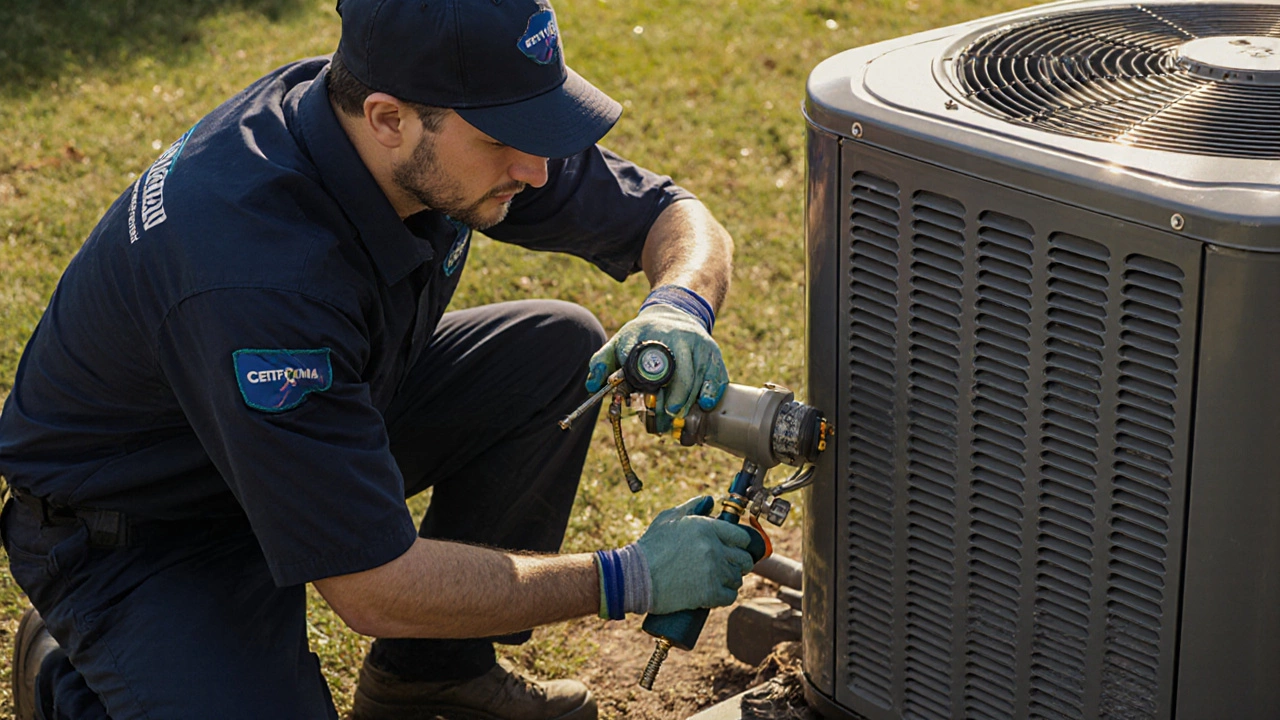
Comparison of Common Heat Pump Problems
| Problem | Likely Cause | Typical Fix |
|---|---|---|
| Ice buildup on outdoor coil | Blocked airflow, low refrigerant, faulty defrost sensor | Clear debris, clean coil, recharge refrigerant, replace sensor |
| Refrigerant leak | Corroded pipe, loose fitting, damaged valve | Locate leak with detector, repair or replace component, recharge |
| Compressor not starting | Electrical fault, motor burnout, low voltage | Check wiring, replace overload protector, swap compressor |
| Thermostat won’t call for heat | Dead battery, wiring error, faulty sensor | Replace battery, rewire, install new thermostat |
| Fan motor humming but not spinning | Stuck capacitor, bearing failure | Replace capacitor or motor assembly |
Quick Troubleshooting Checklist
- Is the outdoor unit clear of leaves, snow, or ice?
- Is the indoor air filter clean?
- Does the thermostat display the correct temperature setpoint?
- Do you hear the outdoor fan running?
- Any error codes flashing on the control board?
If you answer “yes” to all but still have problems, it’s time to schedule a service call.
Frequently Asked Questions
Why does my heat pump freeze only in the morning?
Morning temperatures are usually the coldest, and the unit’s defrost timer may not have triggered yet. Ice accumulates overnight, then melts when the defrost cycle starts after a few hours of operation.
Can I use a garden hose to clean the outdoor coil?
Yes, but use low pressure and keep the water direction from the top of the coil downwards. High pressure can bend the fins and reduce efficiency.
How often should I replace the air filter?
For most homes, every 30‑60 days during heavy use (winter/summer). Pets and dusty environments may require weekly changes.
Is a refrigerant recharge a DIY job?
No. Handling refrigerant requires certification and proper recovery equipment. Improper charging can damage the compressor or violate local regulations.
My heat pump makes a squealing noise - what’s that?
Squealing often signals a worn belt (in belt‑driven fan models) or a failing motor bearing. Replace the belt or motor before it seizes completely.
Understanding that ice buildup is the most common heat pump problems gives you a clear starting point. Keep the unit clean, check airflow, and don’t hesitate to call a qualified technician when the issue involves refrigerant or the compressor. Regular maintenance will keep your system humming through every season.
